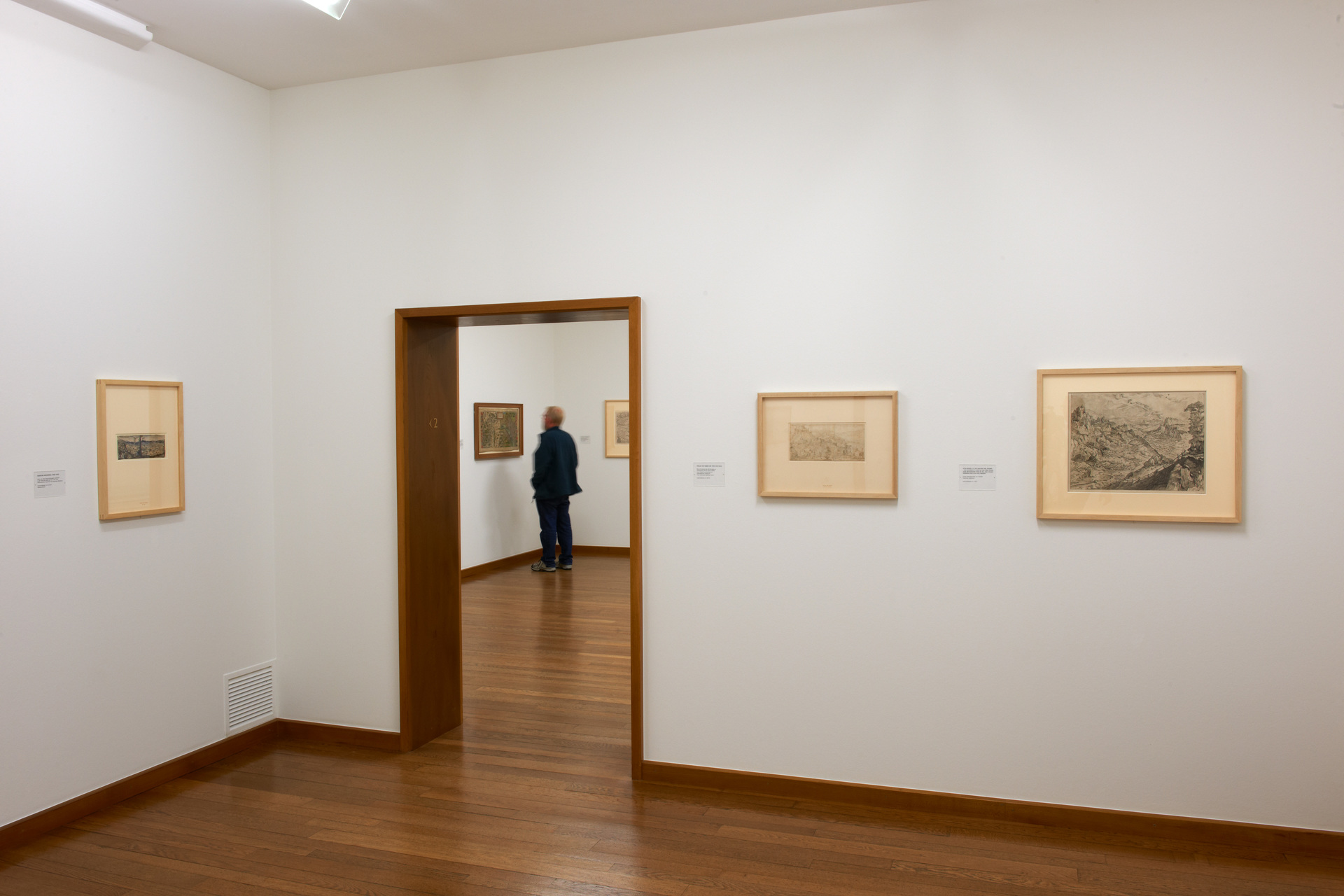Panoramen – Measured Worlds
The panorama (from the Greek for "seeing everything") flourished in the nineteenth century. Grand rotundas were built that allowed spectators to "travel the world" while staying at home. Bird's eye views elevated the visitors above mountains, cities, wide valleys and the rivers that flowed through them; the desire was to see everything and capture it in images. Based on a selection from the collections of the Kupferstichkabinett, the exhibition "Panoramas-Measured Worlds" begins with the history that led up to the panorama: Since when, and in which contexts, were pictures created to stage these seemingly endless worlds? Which different forms of the panorama evolved in the nineteenth century? Some were intended for commercial distribution, others helped artists as well as geologists understand the layering of rock strata in the Alps, rapid watercolor sketches noting the time of day recorded a particular atmosphere.

